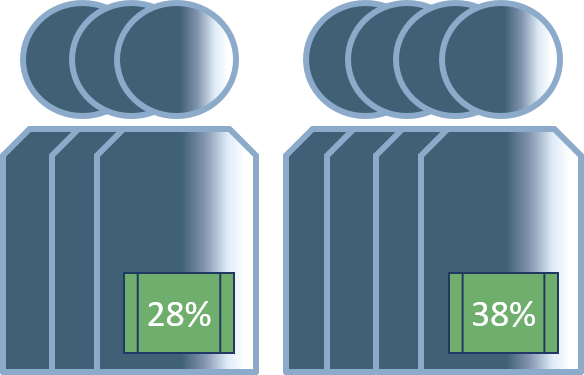Data Limitations and Definitions:
[1] Associate’s Graduates are defined as High school graduates who earn a postsecondary Associate's degree by the end of the fall term 2017 and are not enrolled in college in the spring 2018 and/or fall 2018 terms. Bachelor’s Graduates are defined as
High school graduates who earn a postsecondary Bachelor’s degree by the end of the fall term 2017 and are not enrolled in college in the spring 2018 and/or fall 2018 terms. Some graduates in either category may have earned more than one degree. Each graduate is counted only once at the highest degree level.
[2] The median loan amount was input into the federal student loan calculator using the Direct Loan specifications for a 10 year repayment plan at 5%interest. Note, not all loans in this student are direct loans, payment terms and interest rates could vary widely. https://studentloans.gov/myDirectLoan/repaymentEstimator.action
[3] The
Living WageCalculator developed by the Massachusetts Institute of Technology provides data on the cost of living in various geographic areas across the United States. The living wage calculator incorporates the cost of food,housing, health insurance,transportation, taxes, clothing and other personal items to derive the minimum annual income required for basic self-sufficiency. It is more comprehensive than traditional poverty measures, which do not incorporate these broader costs of living. More information on the MIT Living Wage Calculator is available on their website. The measure selected from the Living Wage Calculator was “required annual income before taxes” for one adult with no dependent children which was $31,365 annually or $7,841 per fiscal quarter in 2018. This income was converted to a quarterly income to align to quarterly wage data and is referred to as the “living wage” in the remainder of this analysis. Glasmeier, Amy K. (2018). Living Wage Calculator. (http://livingwage.mit.edu/) Massachusetts Institute of Technology.
